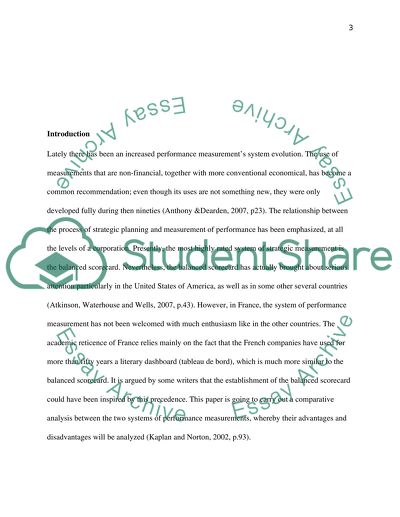Cite this document
(“Balanced Scorecard & Tableau de bord Essay Example | Topics and Well Written Essays - 1500 words”, n.d.)
Retrieved from https://studentshare.org/finance-accounting/1498976-balanced-scorecard-tableau-de-bord
Retrieved from https://studentshare.org/finance-accounting/1498976-balanced-scorecard-tableau-de-bord
(Balanced Scorecard & Tableau De Bord Essay Example | Topics and Well Written Essays - 1500 Words)
https://studentshare.org/finance-accounting/1498976-balanced-scorecard-tableau-de-bord.
https://studentshare.org/finance-accounting/1498976-balanced-scorecard-tableau-de-bord.
“Balanced Scorecard & Tableau De Bord Essay Example | Topics and Well Written Essays - 1500 Words”, n.d. https://studentshare.org/finance-accounting/1498976-balanced-scorecard-tableau-de-bord.


